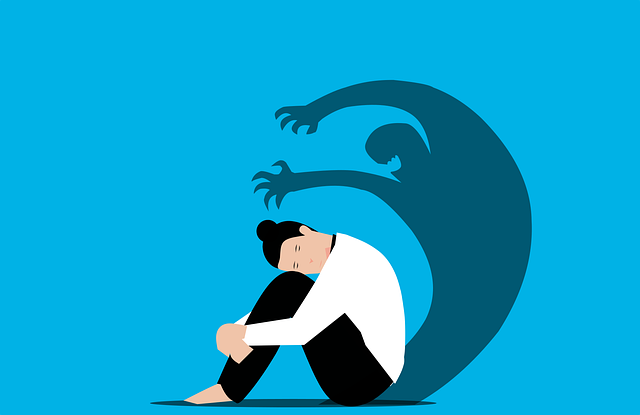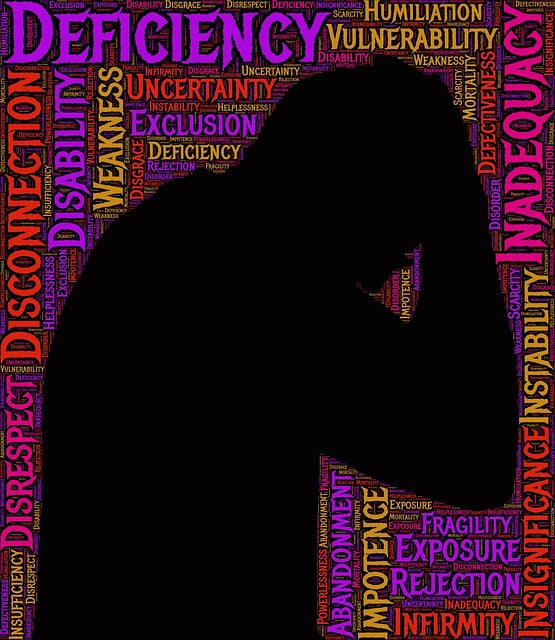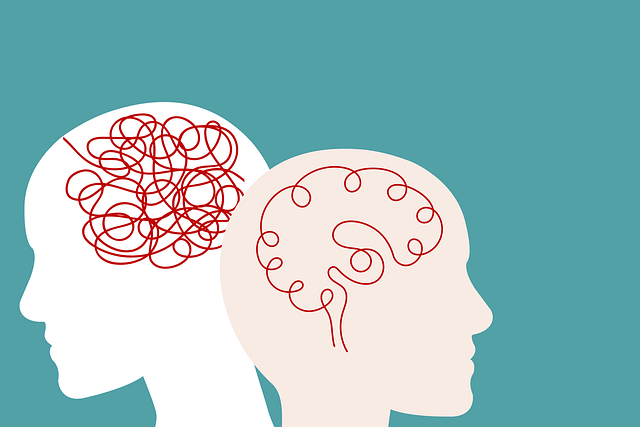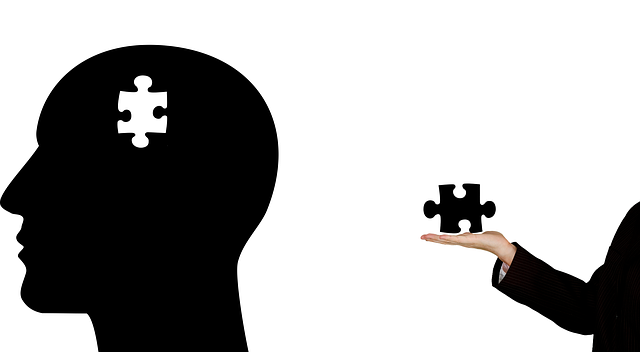Mental wellness app development, integrating technology and psychology, offers personalized resources for various well-being aspects, notably aiding chronic pain sufferers with apps like Broomfield Pain Management Therapy. Key considerations include evidence-based practices, risk management, and user personalization through feedback loops. Integrating Broomfield principles enhances app effectiveness by teaching coping skills, mindfulness, and relaxation practices, supporting emotional healing through self-reflection, journaling, and positive affirmations. Successful design focuses on functionality and therapeutic value, with intuitive interfaces, calming elements, clear navigation, and personalized content. Marketing strategies build trust, offer unique features, incorporate user-generated content, and implement referral programs while monetization includes subscription models or partnerships.
In today’s digital age, mental wellness apps are transforming lives. “Understanding Mental Wellness App Development: A Comprehensive Overview” delves into the intricacies of creating effective solutions. This article explores integral features for managing conditions like Broomfield Pain Management Therapy, emphasizing user experience design considerations tailored to sensitive mental health needs. We also dissect successful marketing and monetization strategies, providing insights crucial for thriving in the wellness space.
- Understanding Mental Wellness App Development: A Comprehensive Overview
- Integrating Features for Effective Broomfield Pain Management Therapy
- User Experience Design Considerations for Mental Health Apps
- Marketing and Monetization Strategies for Success in the Wellness Space
Understanding Mental Wellness App Development: A Comprehensive Overview

In the realm of modern healthcare, mental wellness app development has emerged as a powerful tool to support individuals in managing their mental health effectively. These apps aim to provide accessible and personalized resources for various aspects of well-being, from stress reduction and mindfulness practices to therapy sessions and community support. Understanding mental wellness app development involves comprehending the intricate balance between technology, psychology, and user experience design.
Broomfield Pain Management Therapy, for instance, can benefit greatly from apps that offer tailored interventions for chronic pain sufferers. Incorporating features like tracking symptoms, educating users on coping strategies, and enabling virtual therapy sessions can enhance access to care. The design of these applications should focus on fostering inner strength development through evidence-based practices while also considering risk management planning for mental health professionals involved in remote treatment. Additionally, integrating user feedback loops ensures continuous improvement and personalization, making these apps valuable companions on the journey towards improved mental wellness.
Integrating Features for Effective Broomfield Pain Management Therapy

In the development of a mental wellness app, integrating features tailored for Broomfield Pain Management Therapy can significantly enhance its effectiveness. This involves incorporating coping skills development modules designed to teach users strategies for managing pain and stress. By providing interactive exercises, mindfulness techniques, and relaxation practices, the app can empower individuals to take control of their well-being.
Additionally, the app should support emotional healing processes through features that promote self-reflection, journaling, and positive affirmations. Encouraging users to track their progress, set achievable goals, and reflect on their experiences can foster a sense of accomplishment and resilience. These tools collectively contribute to holistic pain management, not only alleviating physical discomfort but also addressing the psychological and emotional dimensions of chronic pain.
User Experience Design Considerations for Mental Health Apps

Creating a mental wellness app involves meticulous User Experience (UX) design considerations to ensure it’s not just functional but therapeutic. The interface should be intuitive and accessible, catering to users’ emotional needs as much as their practical ones. For instance, incorporating calming visuals and soothing sounds can aid in stress reduction and emotional regulation, which is particularly beneficial for users seeking Broomfield Pain Management Therapy or self-esteem improvement.
Designers must also prioritize clear navigation and simple language to avoid overwhelming users who may be dealing with mental health challenges. Seamless integration of features like journaling, mindfulness exercises, and chat functions can foster consistent engagement with the app. Additionally, personalizing content based on user preferences and progress helps in delivering tailored Mental Wellness Coaching Programs Development, enhancing the overall effectiveness of the app for improved mental wellness outcomes.
Marketing and Monetization Strategies for Success in the Wellness Space

Marketing and monetization are key aspects to ensure the success of a mental wellness app in a competitive market. In the wellness space, building trust is paramount. Positioning your app as more than just a tool but as a partner on the journey to improved mental health can be a powerful strategy. Collaborating with established healthcare providers like Broomfield Pain Management Therapy and leveraging their networks can help gain initial traction and credibility.
Offerings that go beyond traditional features, such as Crisis Intervention Guidance and Resilience Building workshops, can differentiate your app. Incorporate user-generated content, success stories, or testimonials to showcase the tangible benefits of your platform. Implement a referral program to encourage existing users to invite their friends or family members who might benefit from the app’s services, fostering organic growth. Monetization strategies could include subscription models, offering premium features or content, or partnerships with insurance providers for potential reimbursement, ensuring accessibility and financial viability.
Mental wellness app development is a burgeoning field that offers significant potential to improve access and quality of care. By integrating effective features, such as those explored for Broomfield Pain Management Therapy, and prioritizing user experience design, developers can create apps that truly make a difference in users’ lives. Additionally, strategic marketing and monetization strategies are essential to ensure these apps not only reach their target audiences but also sustain long-term success within the wellness space. Together, these components form a robust framework for developing impactful mental wellness solutions.














